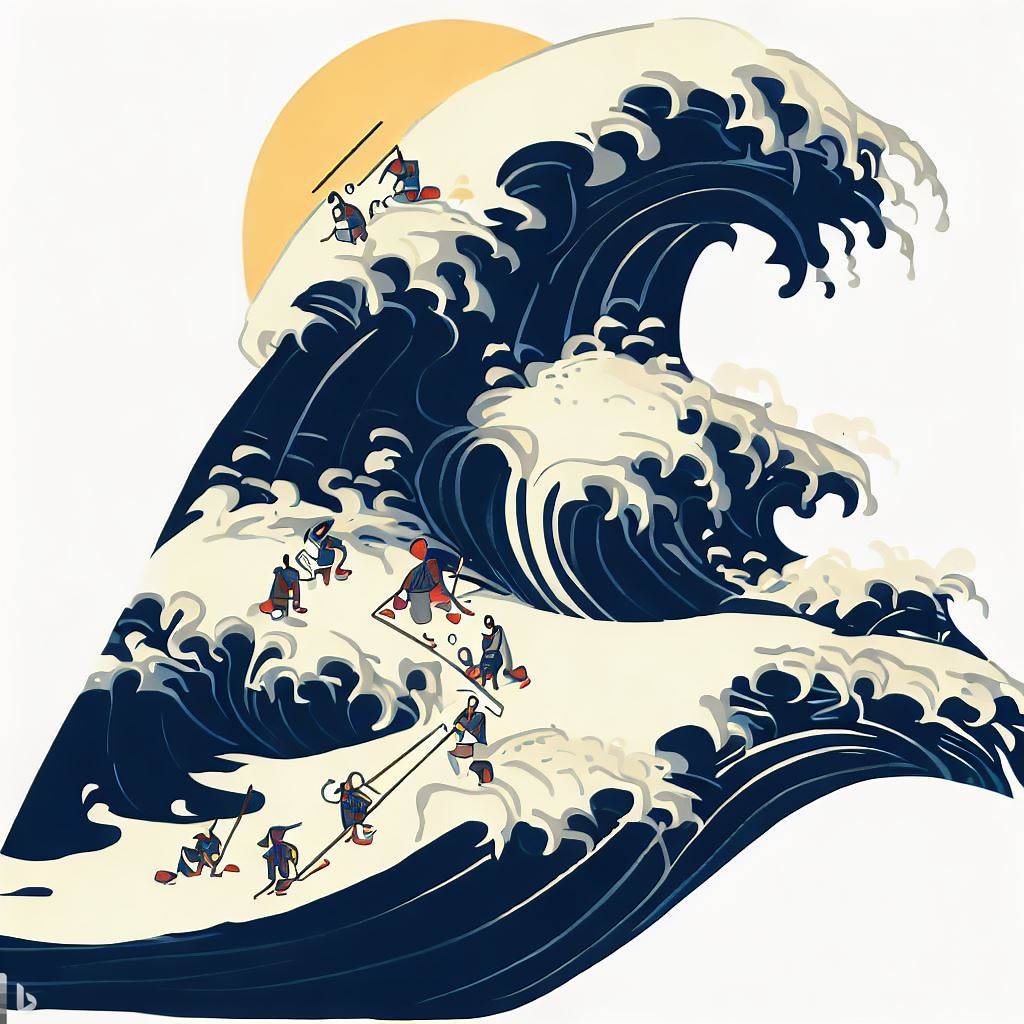
Jim Collins’s book ‘Good to Great’ is generally highly regarded and recommended as having identified many principles that huge companies that outperform the market over long periods of time have.
However, the book is really not an easy read and there is unnecessary complexity and verbosity when discussing its key points which makes it about 150 pages too long.
Let me break it to you based on my interpretation of his findings.
The Importance of Leadership
Organizations get better because they have the right type of leadership. They had a mix of ambition, perseverance, and personal humility and truly cared deeply about the organization rather than just themselves. Read more about my definition of leadership.
Building a people-first organization
“The ultimate throttle on growth for any great company is not markets, or technology or competition, or products. It is one above all others: the ability to get and keep enough of the right people”
Great organizations do not become fantastic because of what they build or sell or the marketplace they serve. They become great because they have the right people who deeply care about the mission as well as what they themselves are transforming into as part of the organization.
Be Optimistic but realistic
Organizations that become great were optimistic and positive that they will become better and solve their pressing problems ahead of them but never shirked from acknowledging what needs to be addressed and where there is considerable room for improvement. It is only by acknowledging problems and addressing them head-on that an organization can develop a systemic approach to solving them effectively.
Avoid bureaucracy
‘The purpose of a bureaucracy is to compensate for incompetence and discipline – a problem that largely goes away if you have the right people in the first place. Most companies build their bureaucratic rules to manage the small percentage of wrong people on the bus’
Great organizations intentionally create a set of guiding principles that help build discipline across the organization and provide clarity on the organization’s values, expertise, and areas of flexibility. But this is not enshrined in a large rule book or an employee handbook full of rules and regulations. It is passed down as almost a fanatical philosophy of how we do things around here.
Embracing Change
Organizations that get better over time, are unafraid to embrace change and to embark in directions that are not well-trodden paths. There is acceptance of failures that comes with changes. The changes might be technology, process, product, or markets. These organizations are able to successfully navigate change because they have the right people in the right places and a simple yet disciplined set of core principles that allow them to be nimble.
Continuous Improvement (Kaizen)
Organizations that get better (just like people) are who they are due to their long-term habits and the things they do continuously to improve slowly but surely over long periods of time. The cumulative effect of the right leadership that cares deeply, the right sort of people, disciplined guiding principles, and the ability to handle change over long periods of time begins as a ripple but becomes a tsunami over time. Kaizen the Japanese philosophy is largely about the principle that small improvements over time add up to big results.
While the above list of properties are useful indicators, it is important to remember that organizational growth and improvement is a complex topic with many layers and nuances specific to each environment and organization. I wouldn’t venture to say that these are the most important.